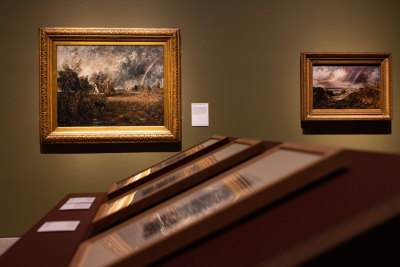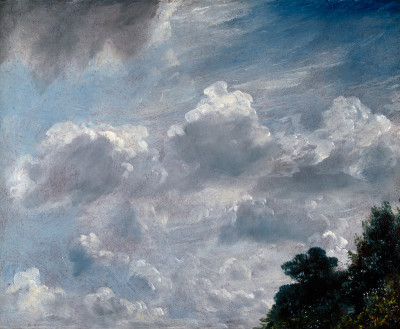How to read it: When Snow the Pasture Sheets
How to read it: When Snow the Pasture Sheets
By RA Collections team
Published 19 December 2016
It’s looking rather balmy in London just now, so we’re seeking out our own white Christmas in the RA collection, with Joseph Farquharson’s snowy Scottish landscape. Did you know the sheep are fake?
-
What are we looking at?
Joseph Farquharson RA grew up between Edinburgh and Finzean in Scotland – becoming Laird of Finzean in 1918 – which is the landscape you can see in this painting, along with many of his other famed wintery scenes. Farquharson’s work was commercially very successful – but his penchant for repeating scenes of sheep in snowy landscapes earned him the nickname “Frozen Mutton Farquharson”.
How did he paint it?
Farquharson painted en plein-air – outside – and even built a mobile horse-drawn caravan with a stove and window to make working in the harsh winter climate more comfortable. In contrast to this direct approach to capturing the landscape, however, he also deliberately composed the view, placing model sheep in the countryside – an approach more like that of still-life painting. In When Snow the Pasture Sheets, the sheep are used as a compositional device that balances the line of the trees.
-
Where did the title come from?
The title comes from a line in Shakespeare’s Anthony and Cleopatra: “Yea, like the stag, when snow the pasture sheets, The Barks of trees thou browsed’st”. Farquharson often adopted lines from poetry as he, and many other artists, believed that literary associations helped to elevate the status of landscape painting.
Did he paint anything other than Scotland?
Despite being renowned for his iconic scenes of the Scottish Highlands, international travel also inspired Farquharson’s practice. In 1874, he visited Holland where he met Jozef Israels, a member of The Hague School of painters, and was inspired to paint several domestic interiors. He also spent three or four years visiting Paris to study under Carolus-Duran in the early 1880s. Although his teacher, a society portraitist, did not teach painting en plein-air, Farquharson took the opportunity to join groups of students visiting the Forest of Fontainebleau. From 1850 to the 1890s he traveled to Egypt capturing figures in architectural settings vastly different to those of his native Scotland.
How did it come into the collection?
Farquharson gave this painting to the Royal Academy when he was elected a Royal Academician in 1915. When it was submitted, the Council thought the painting was unfinished (though they accepted it only a few weeks later, so it’s unlikely any major changes took place in that time). There are two streaks in the foreground which the Council may have thought to be unintentional – or perhaps they were intended to depict track marks in the snow.




